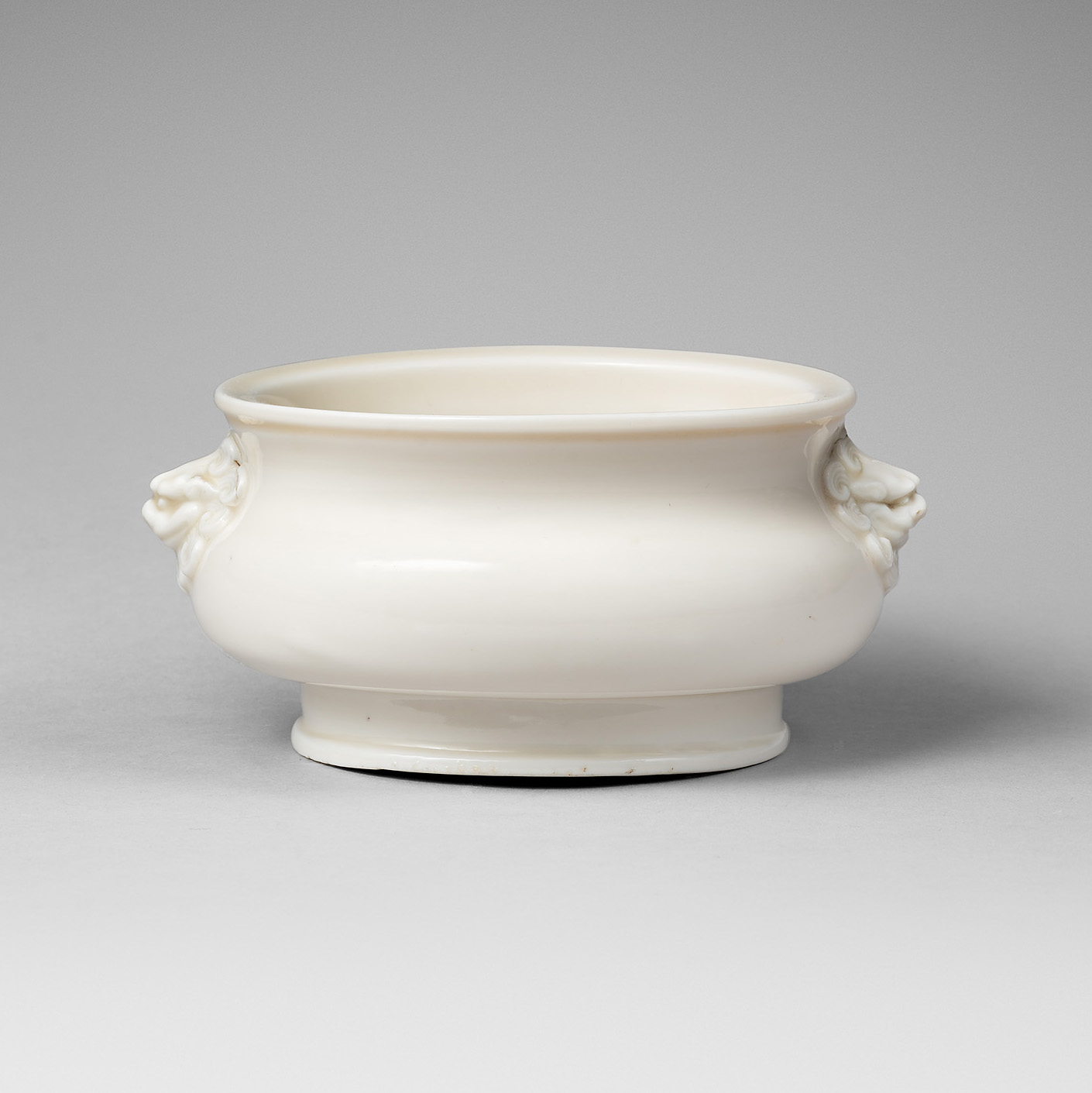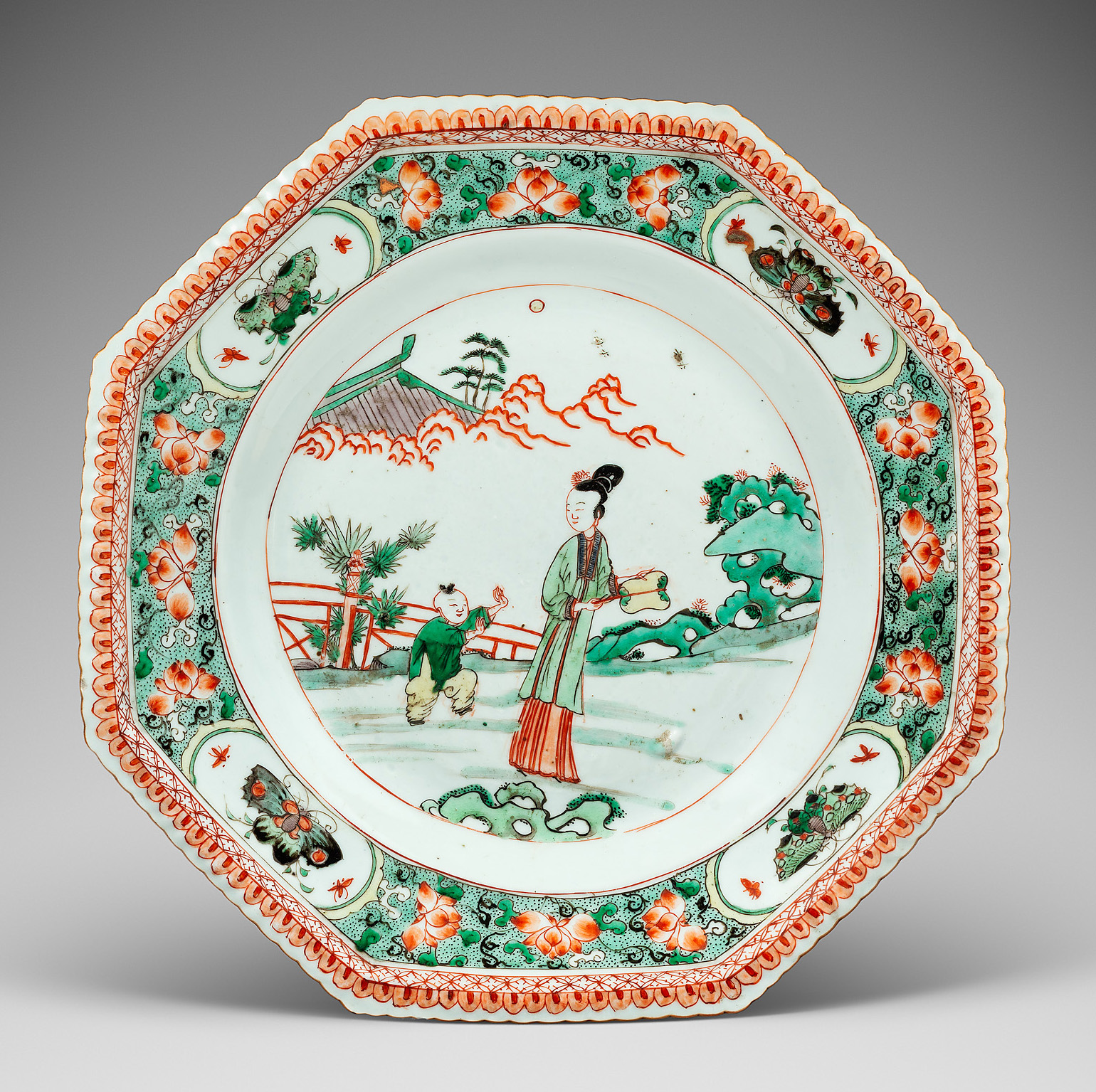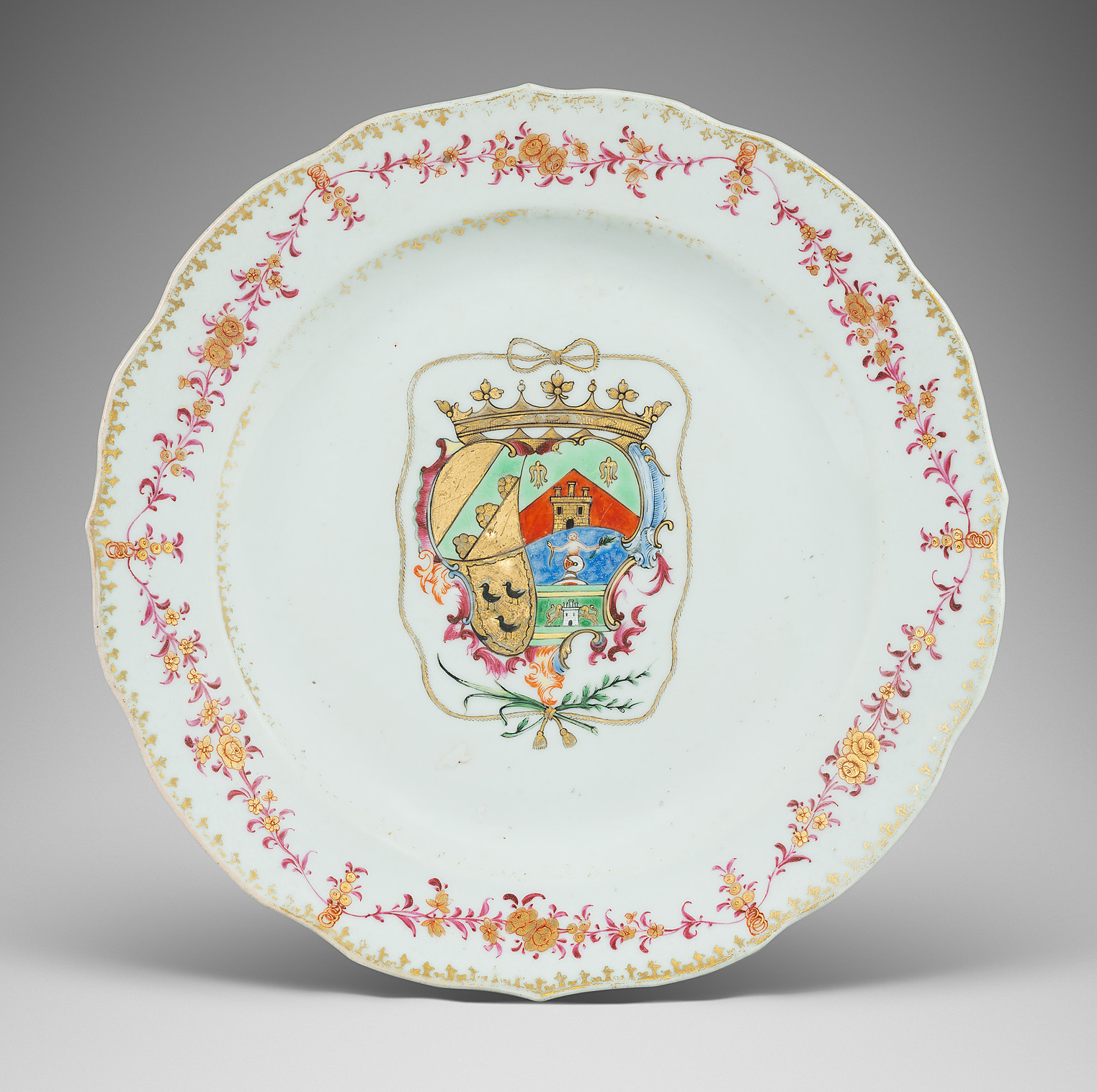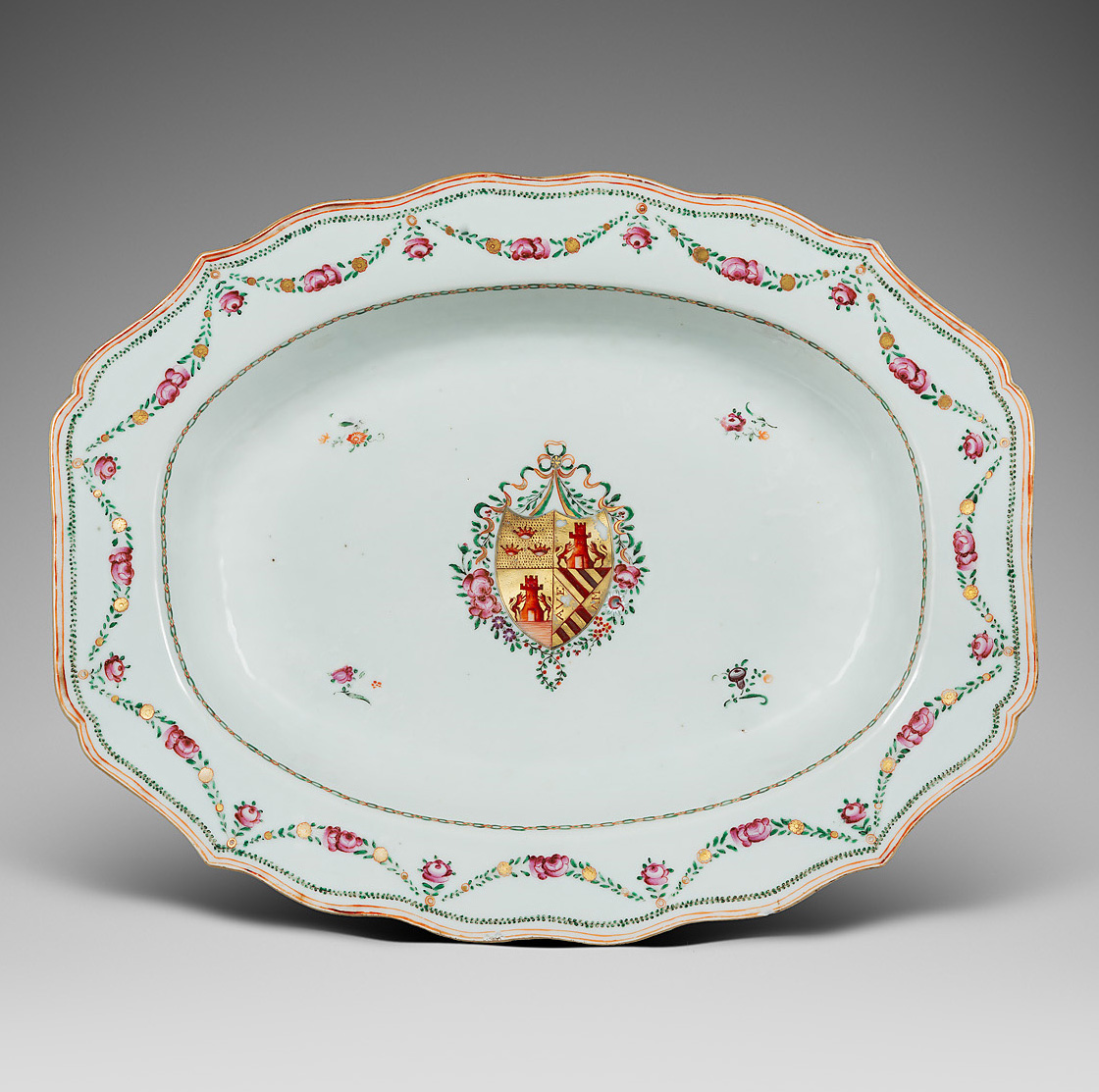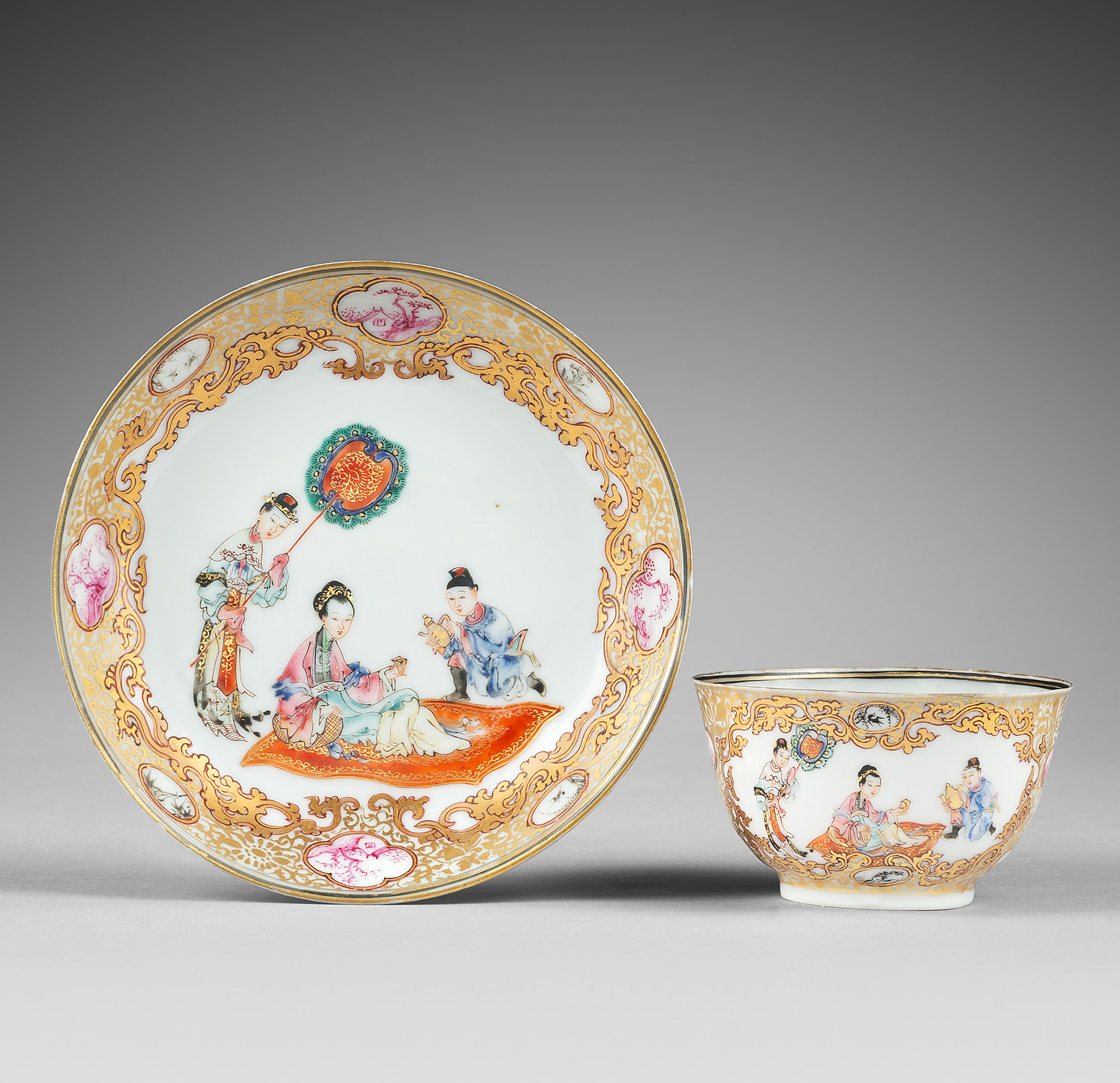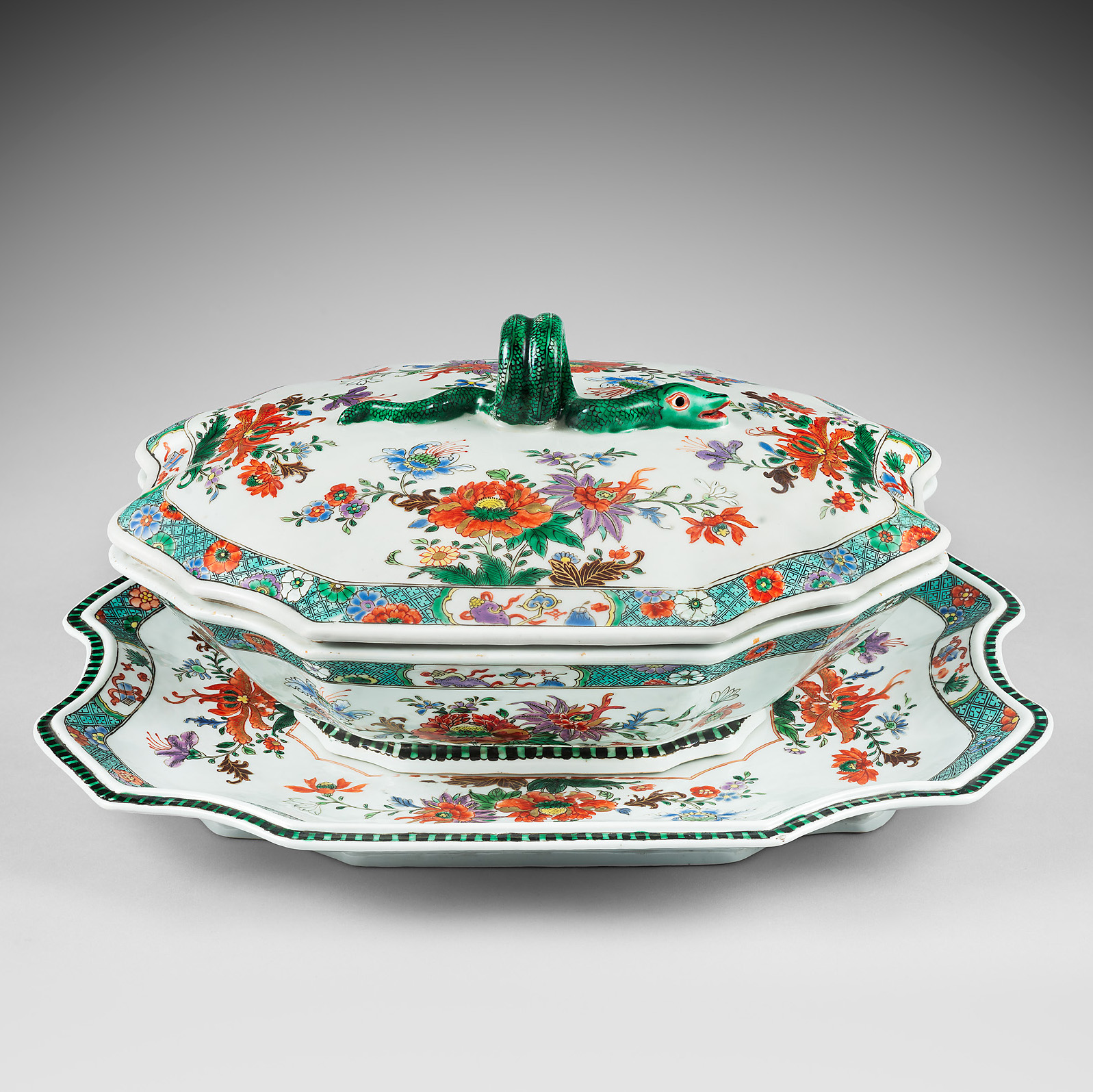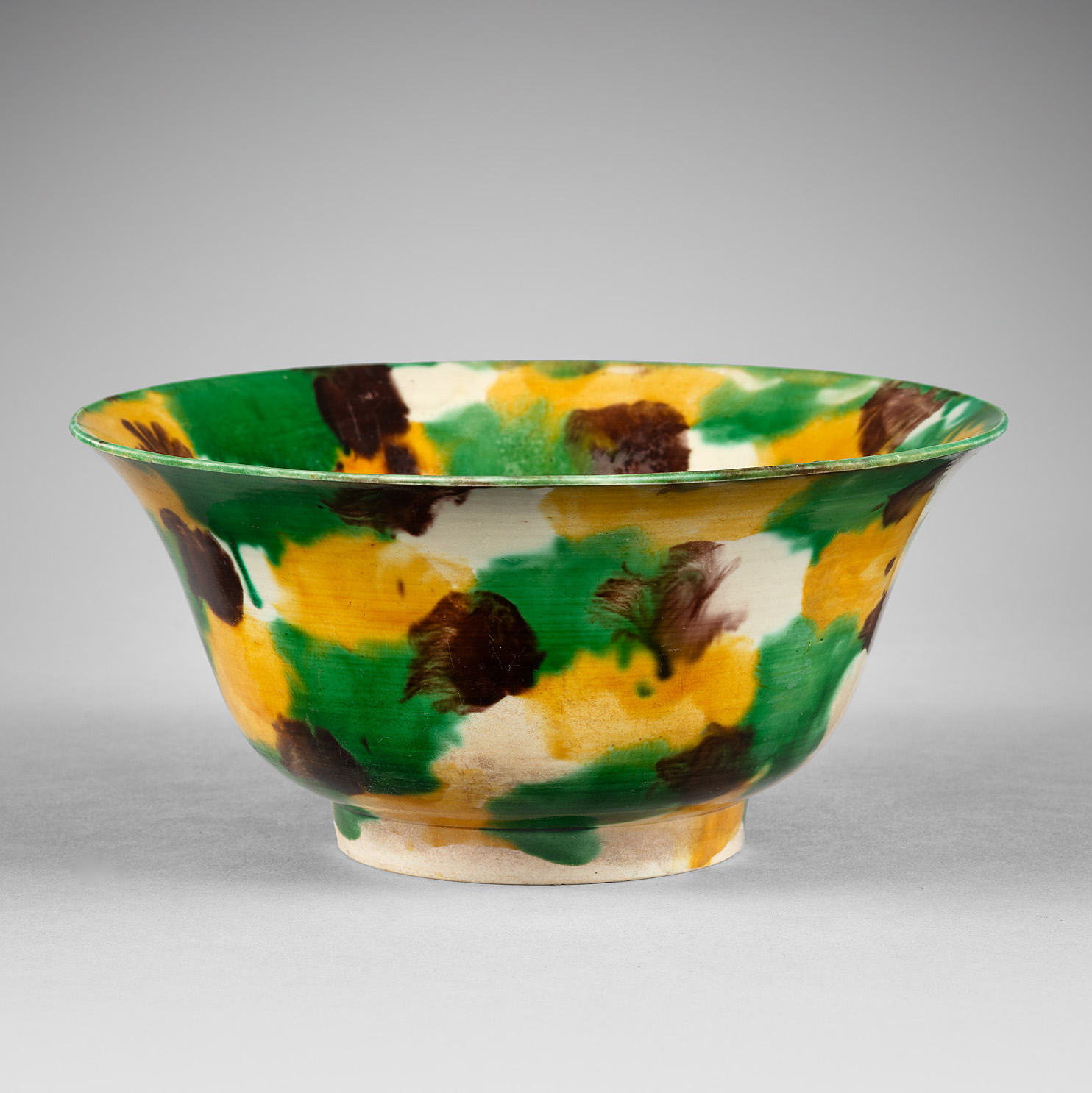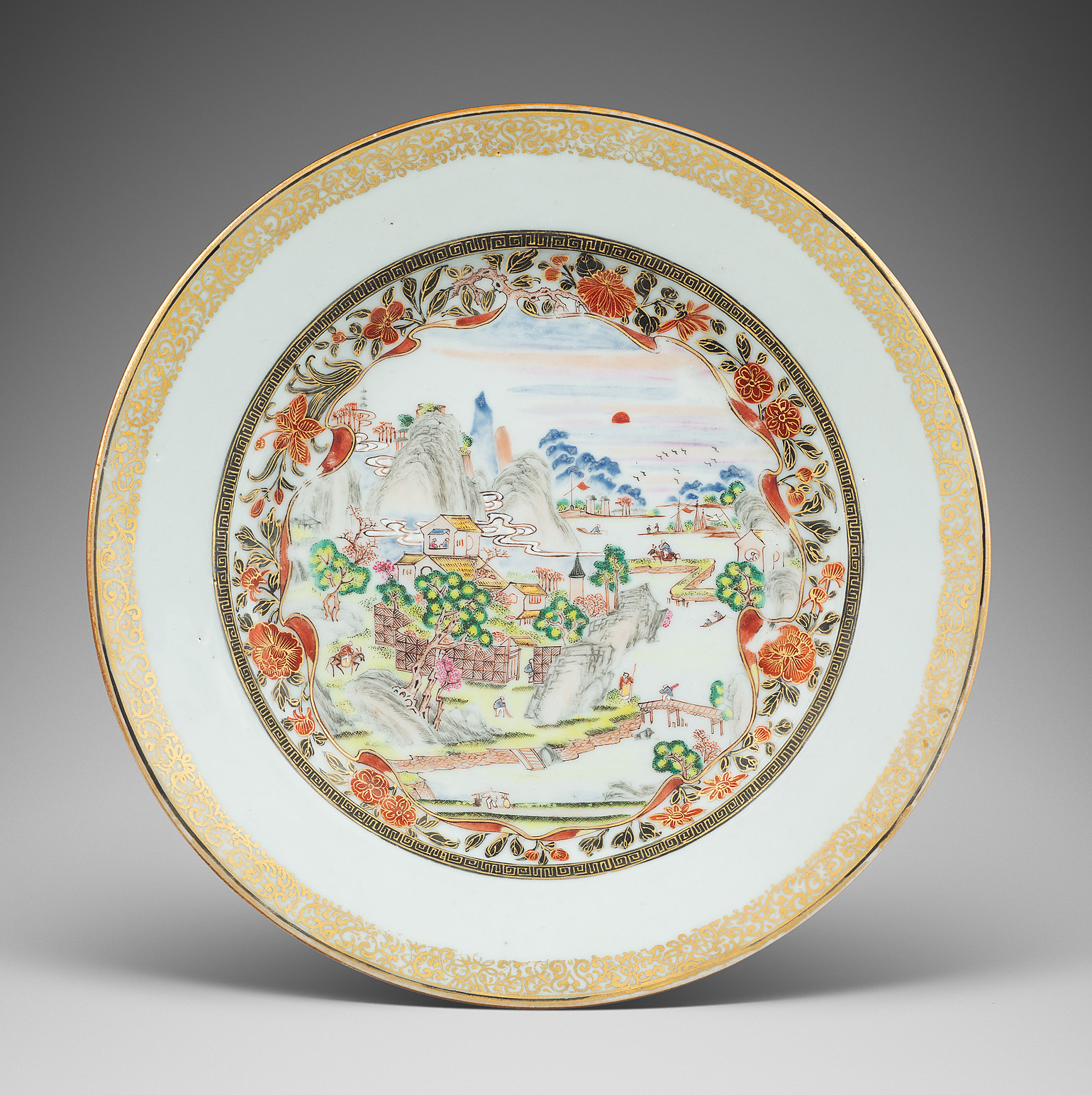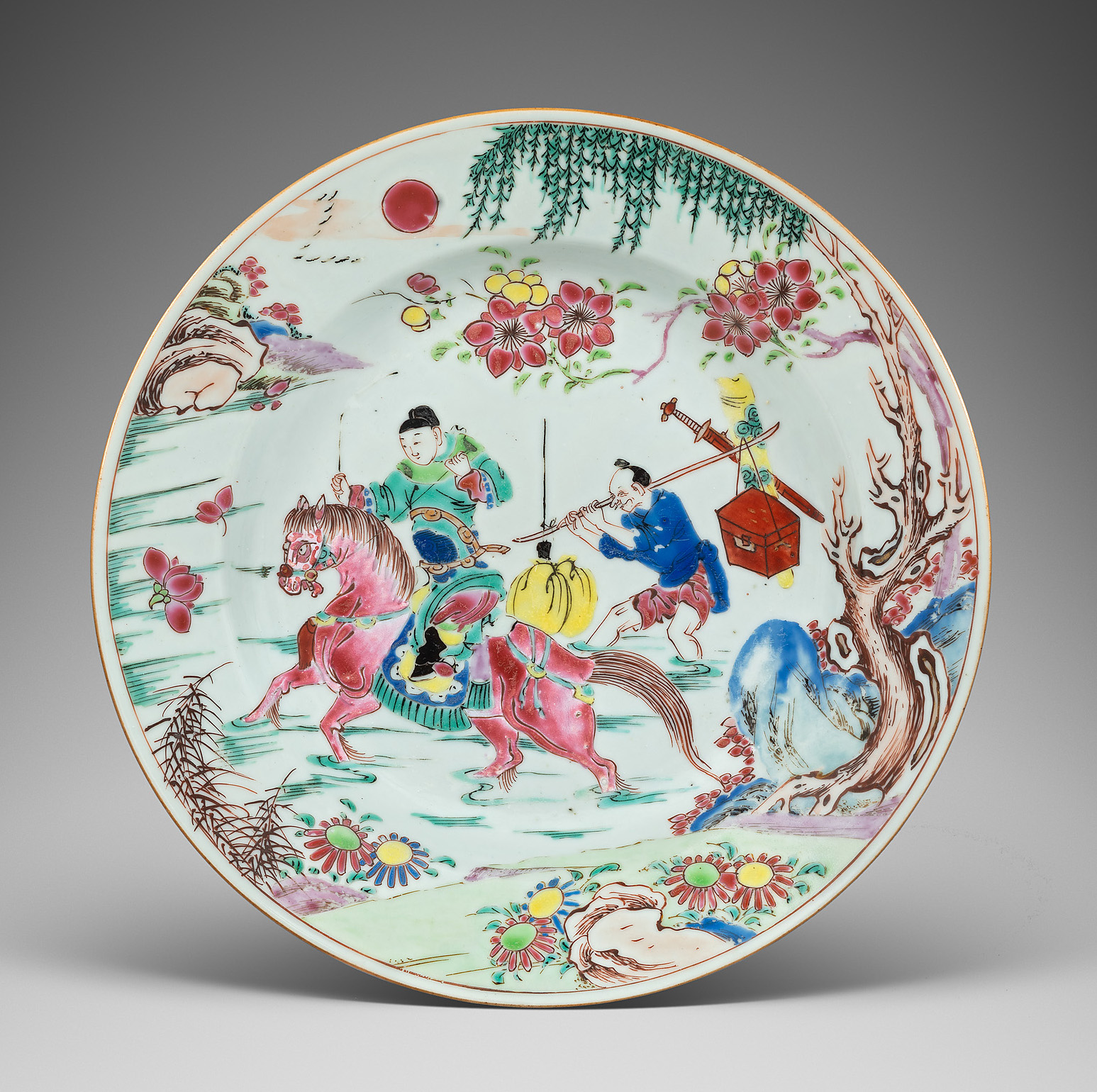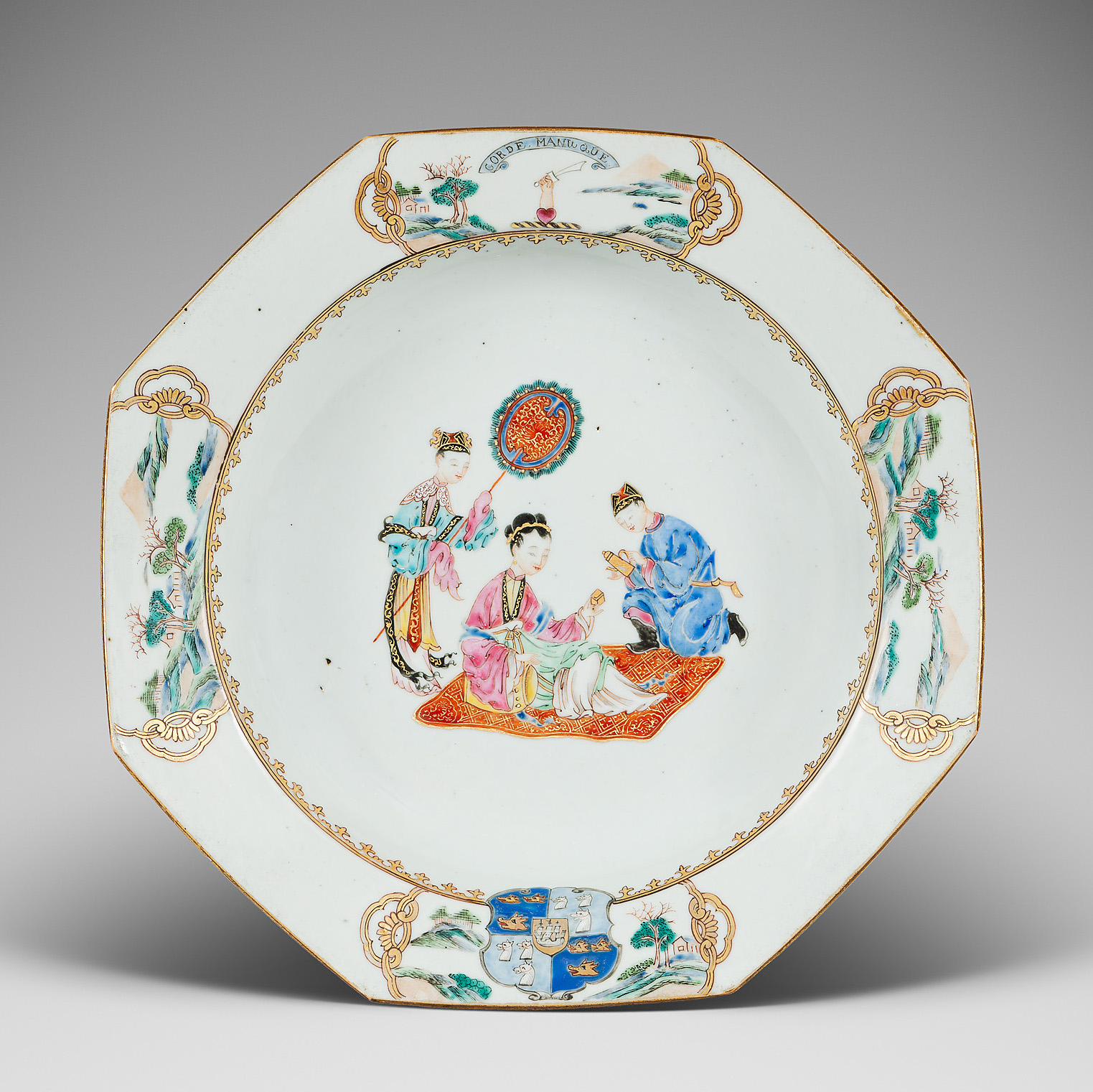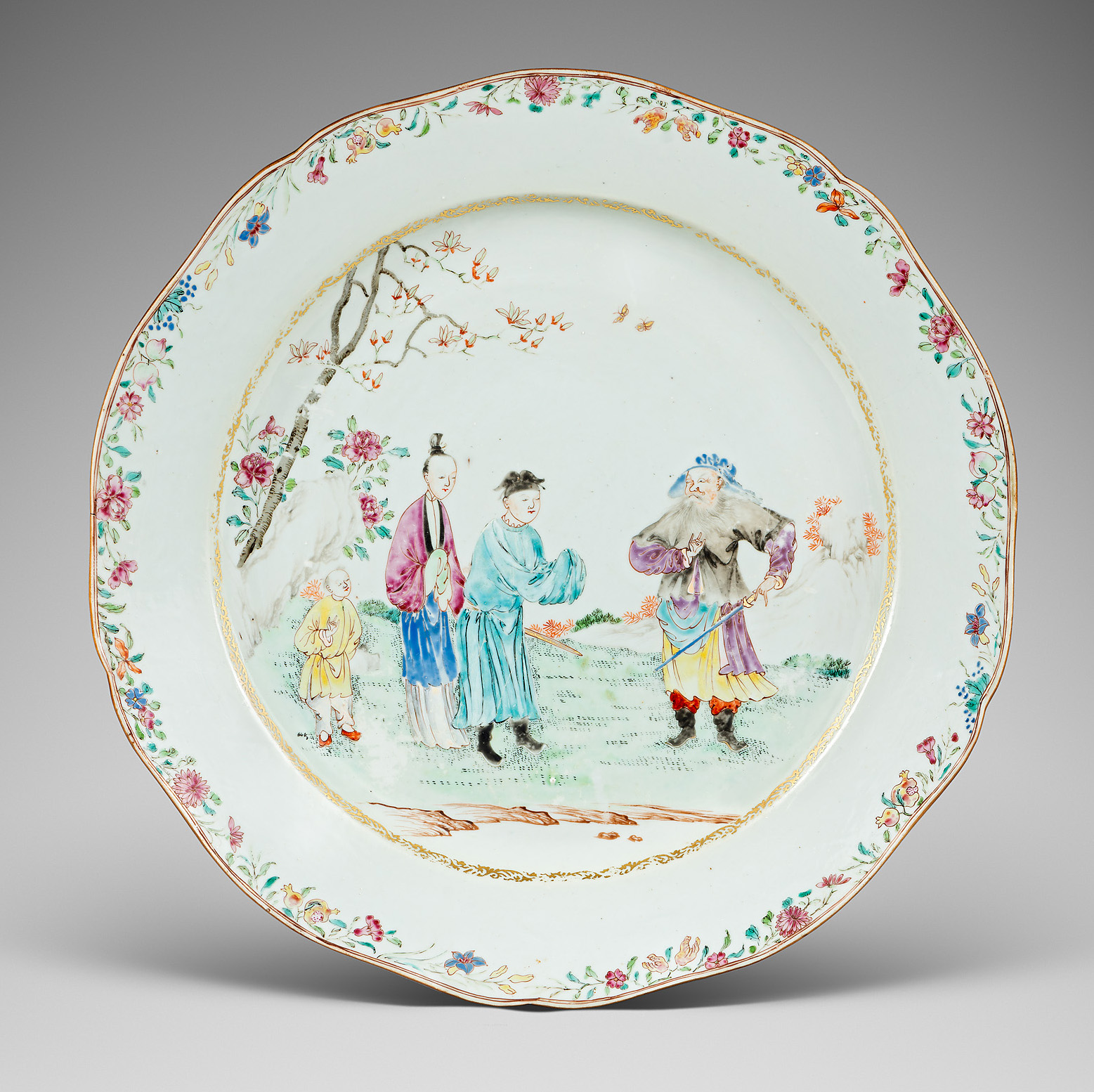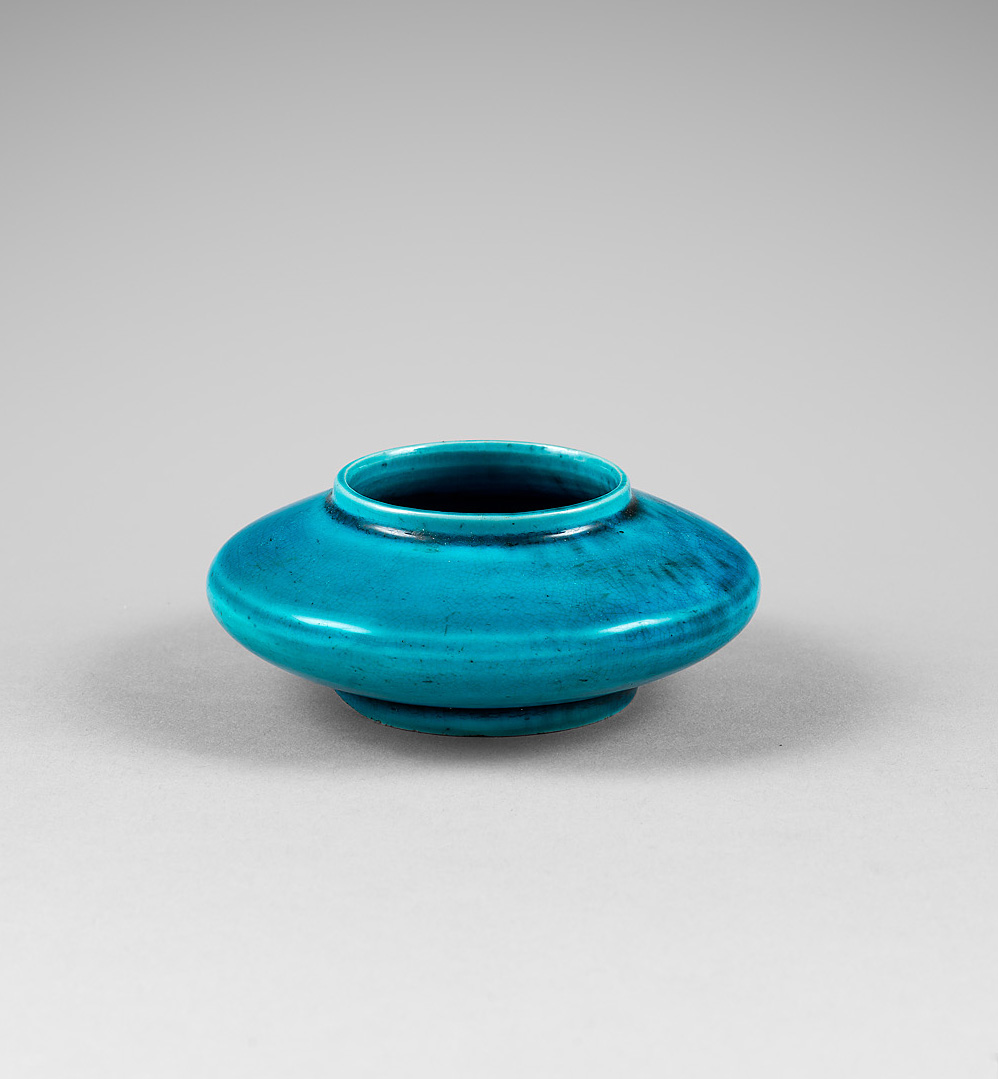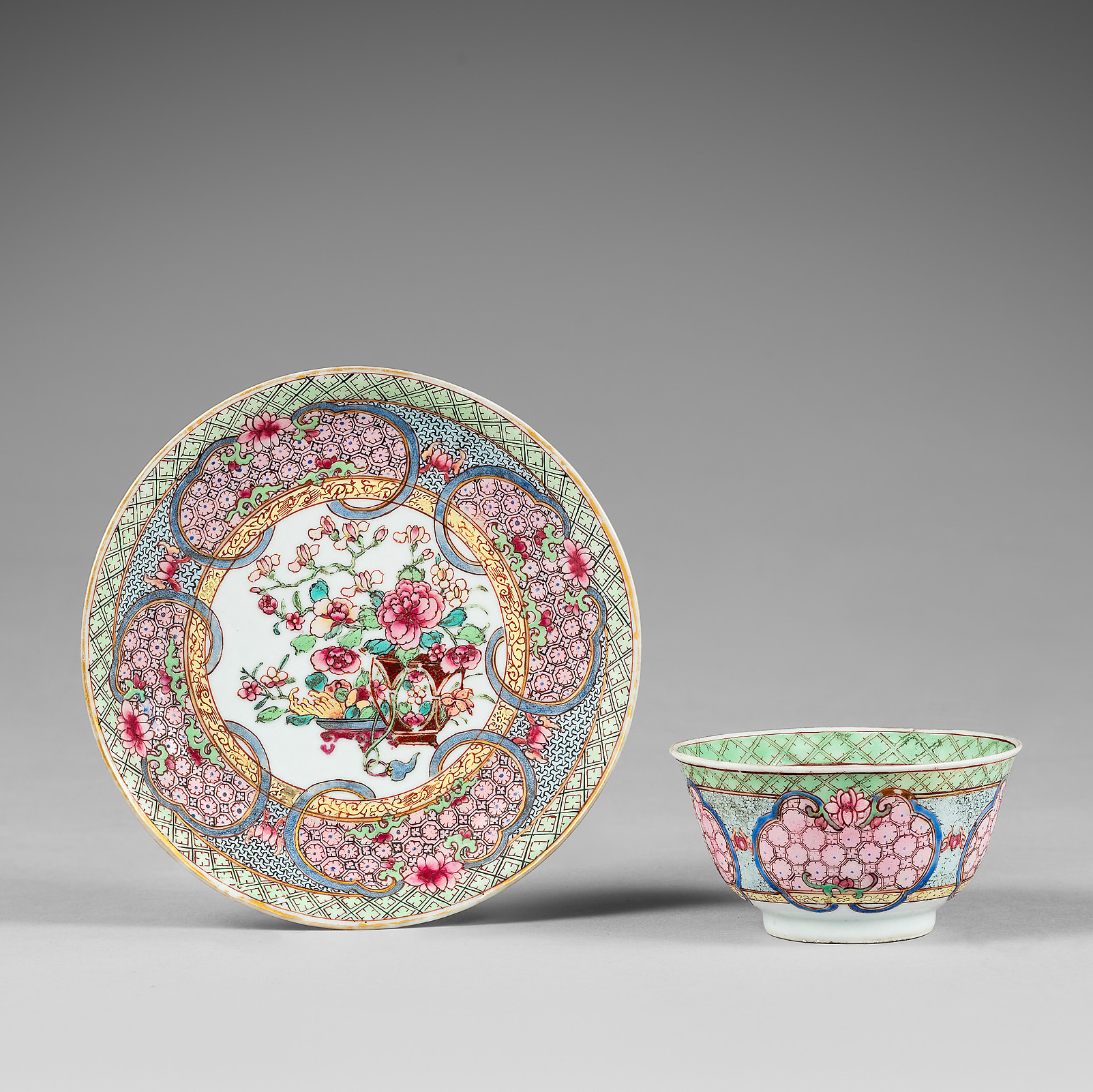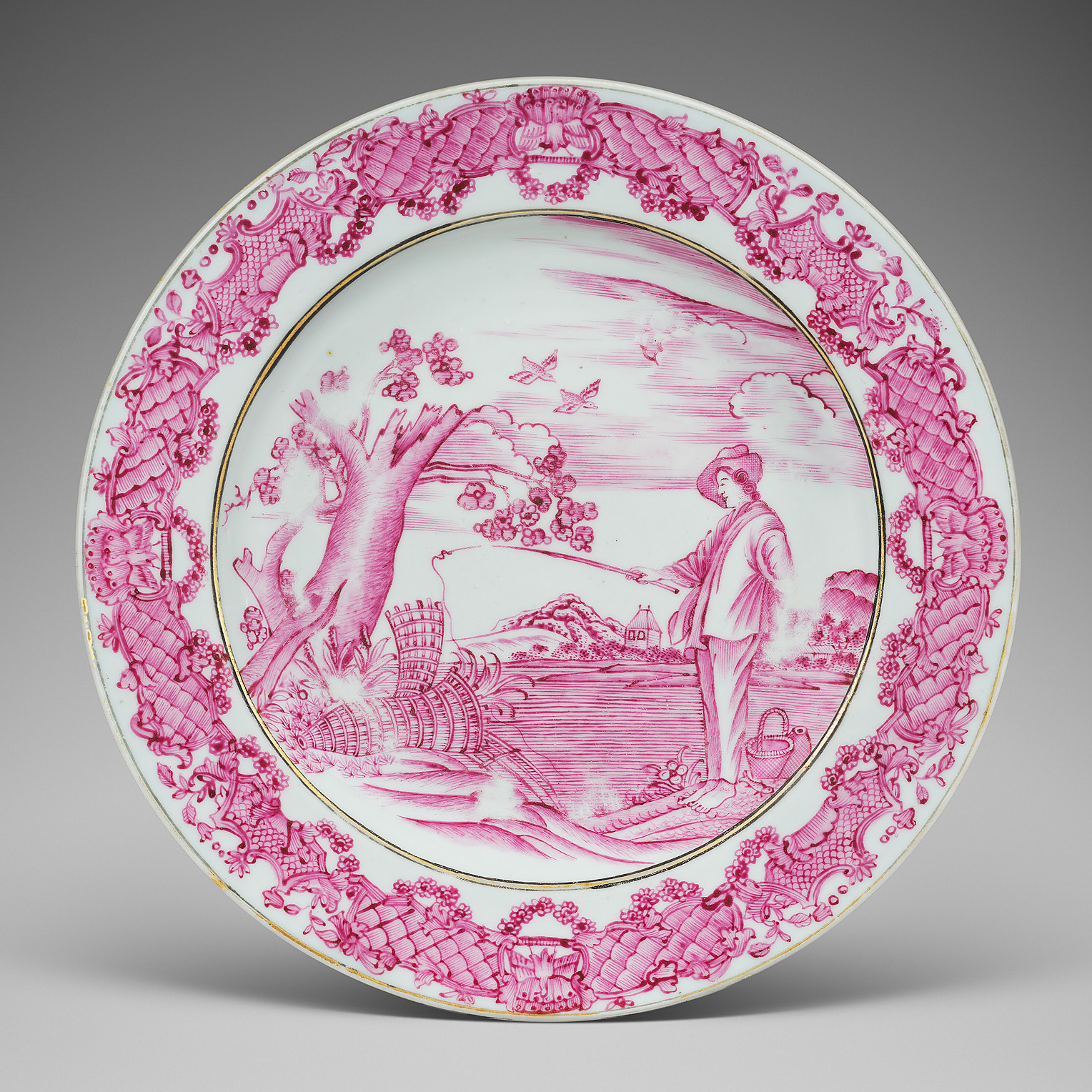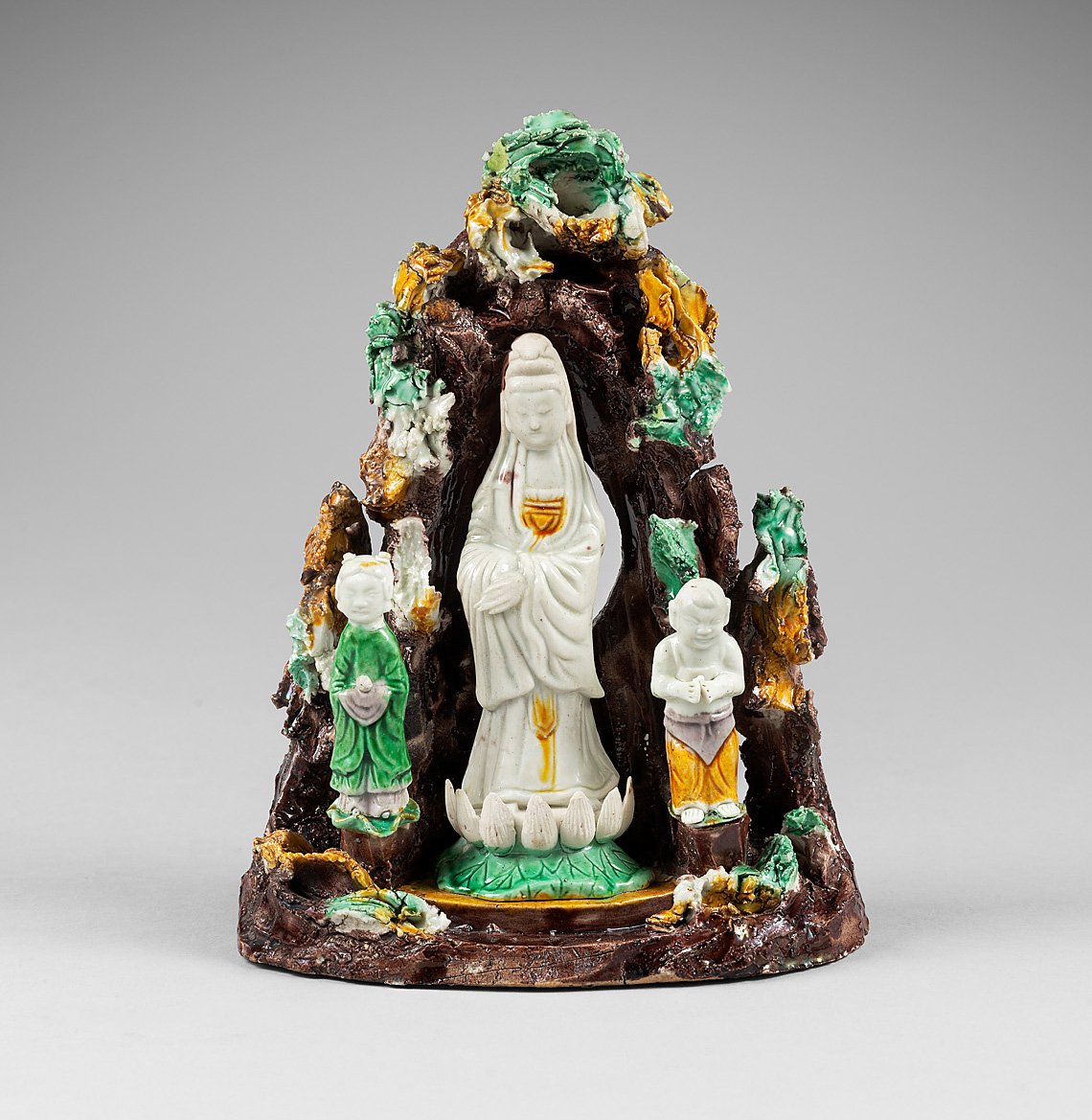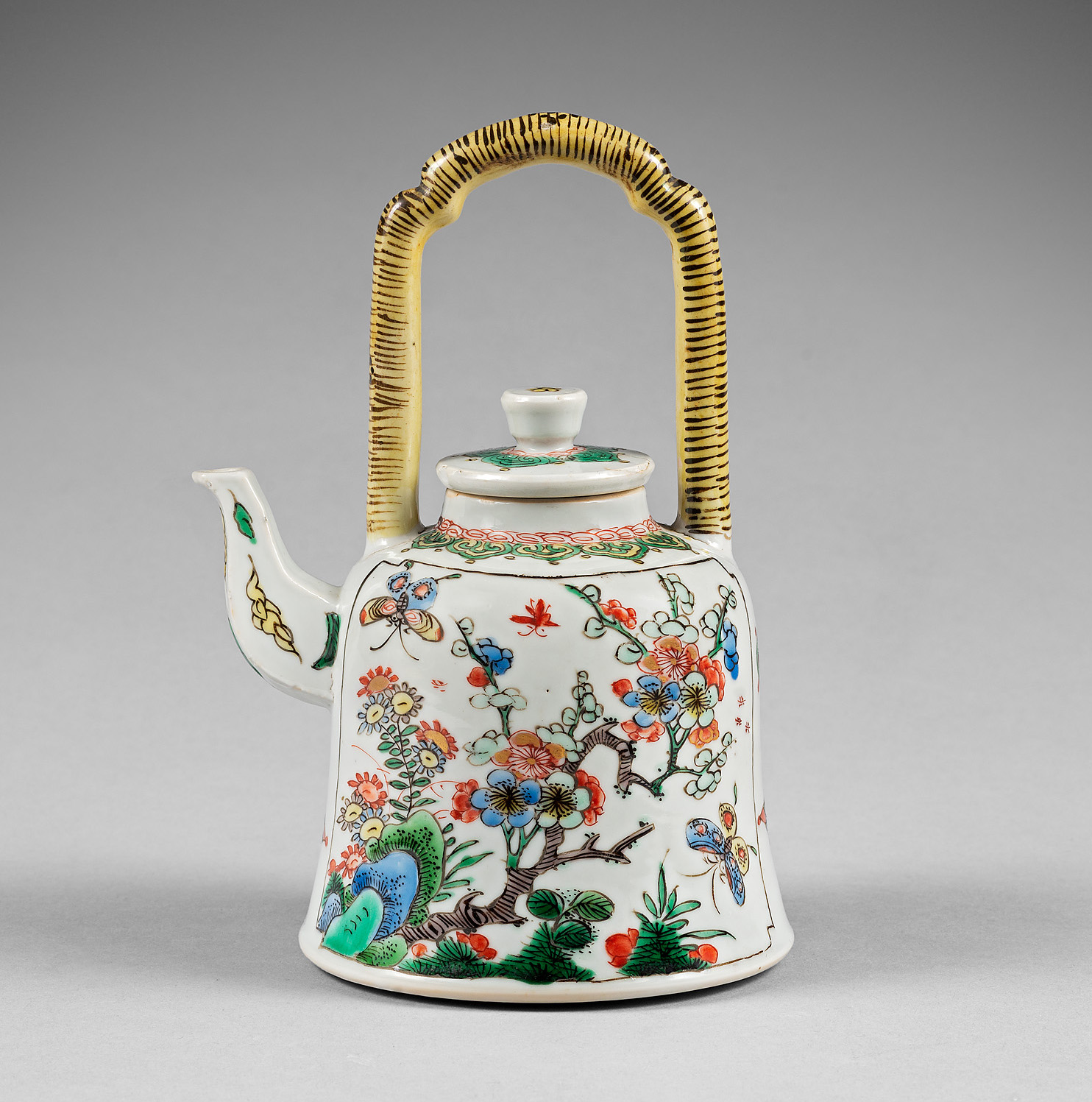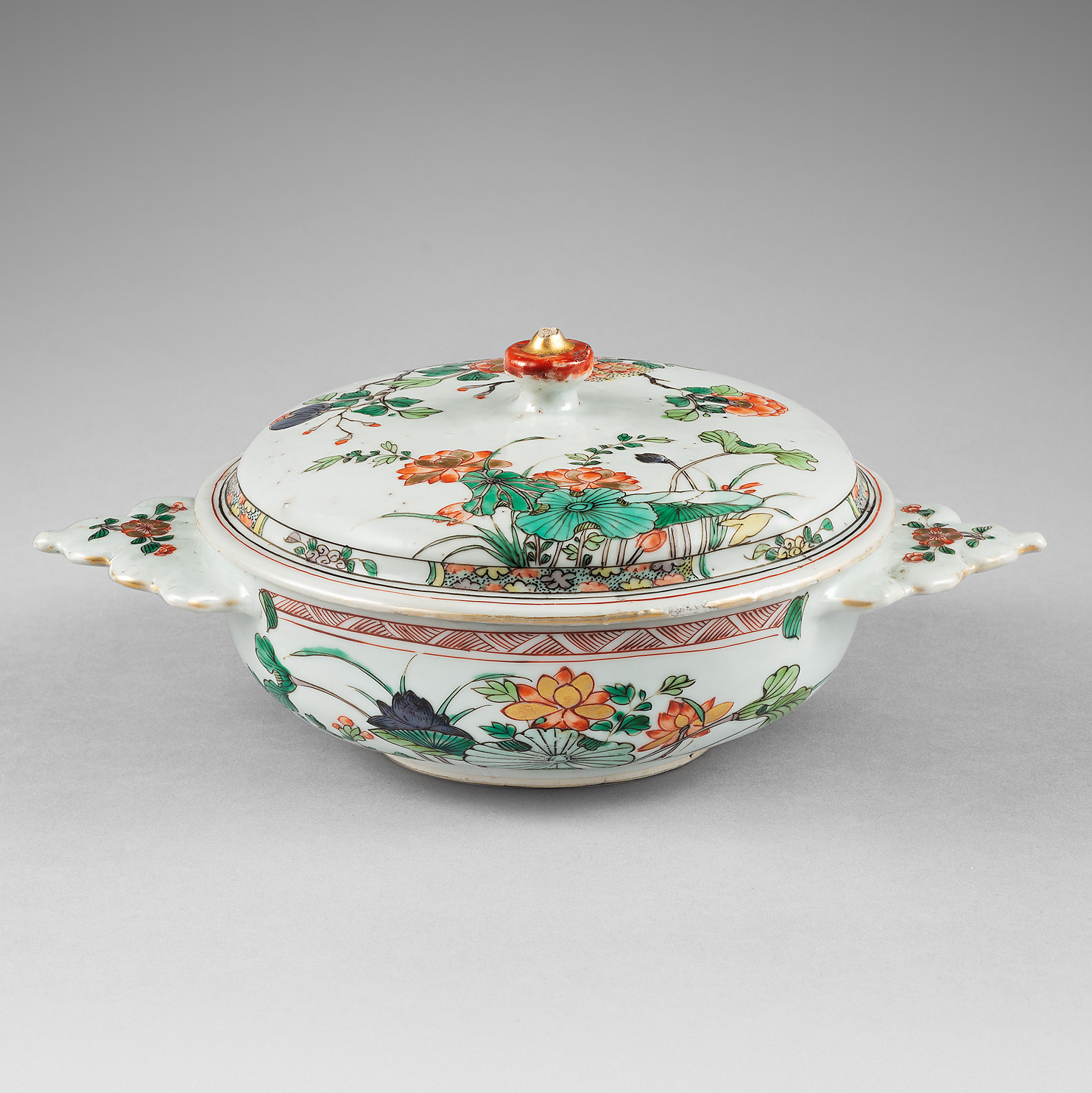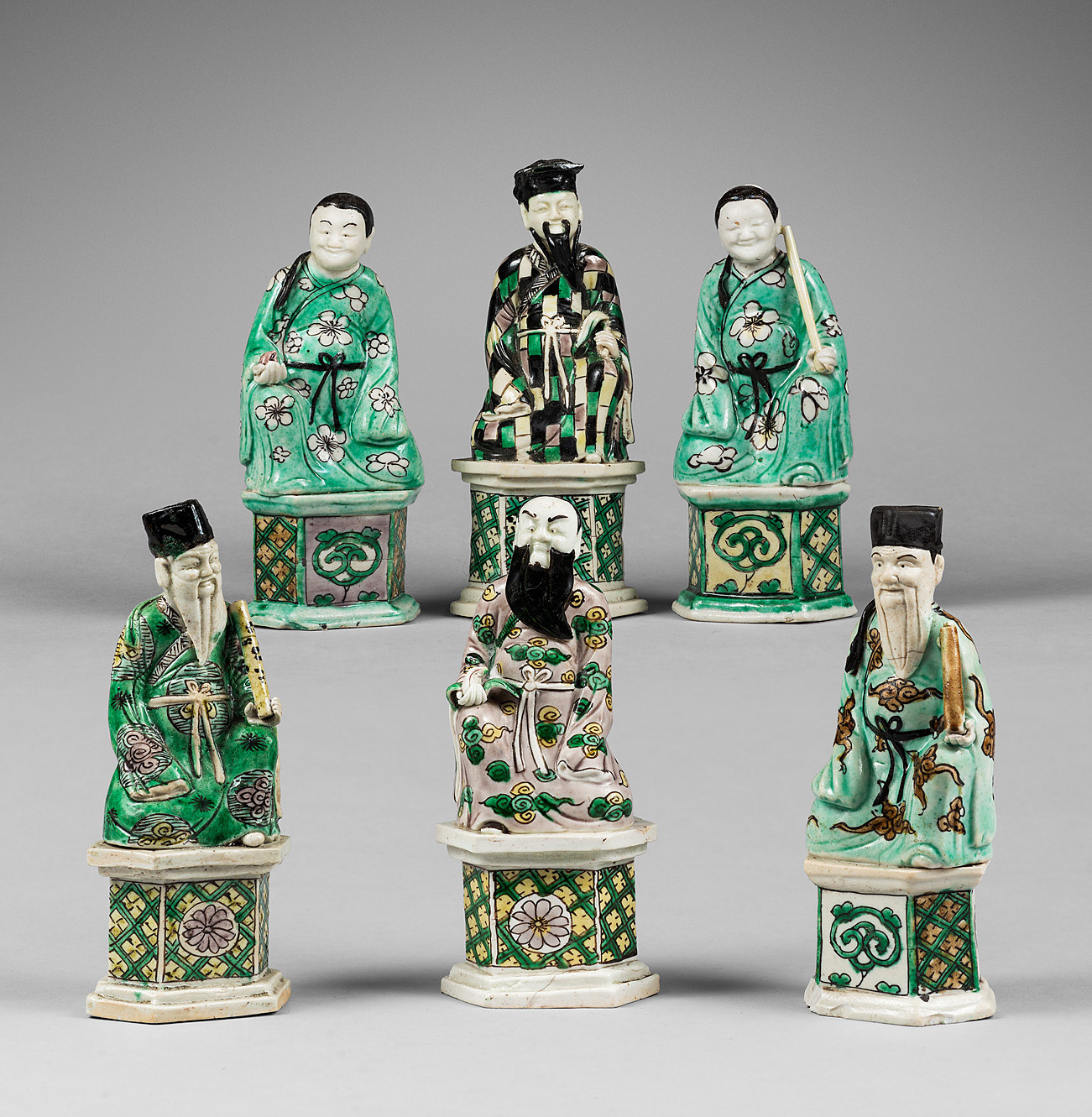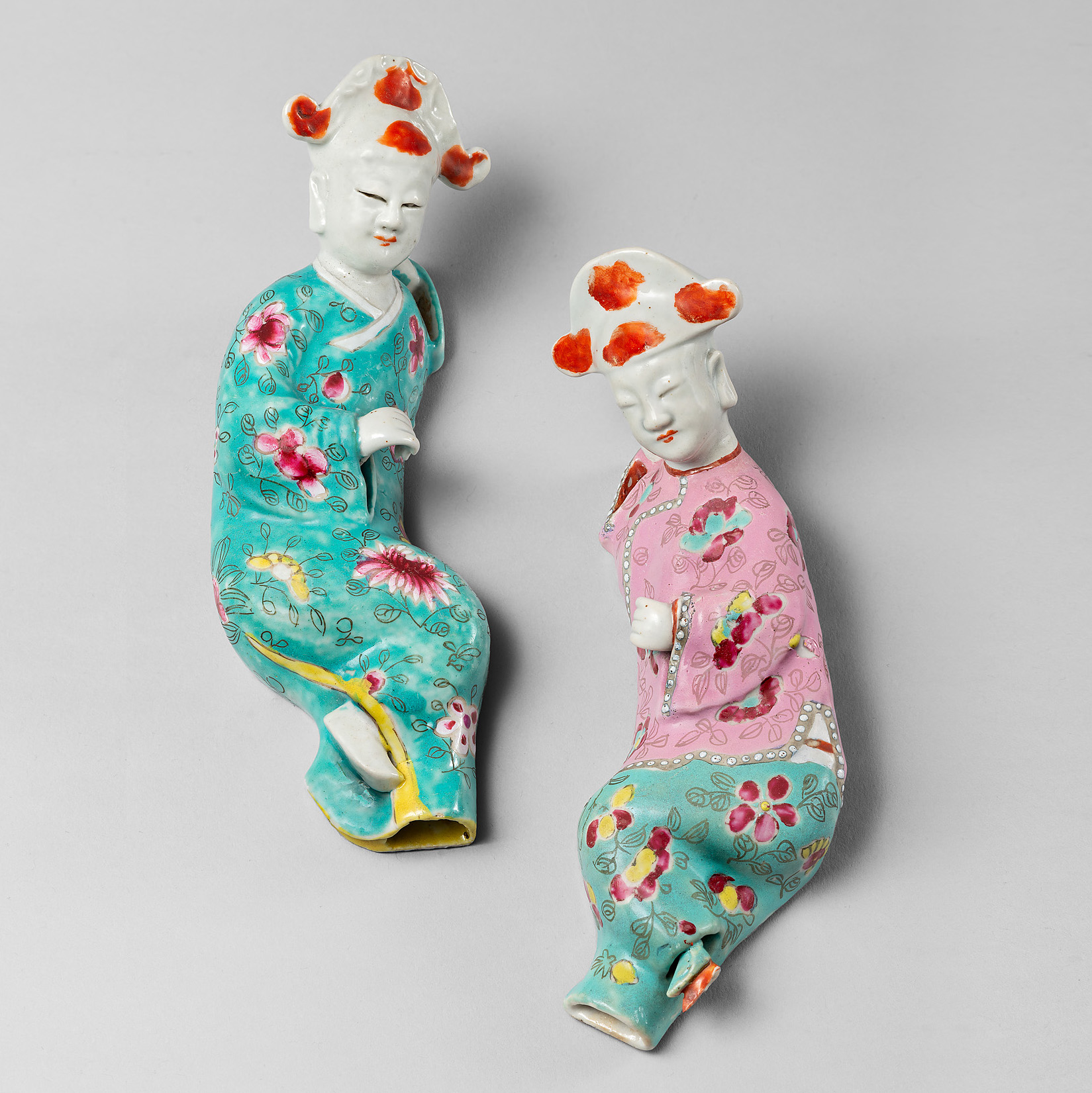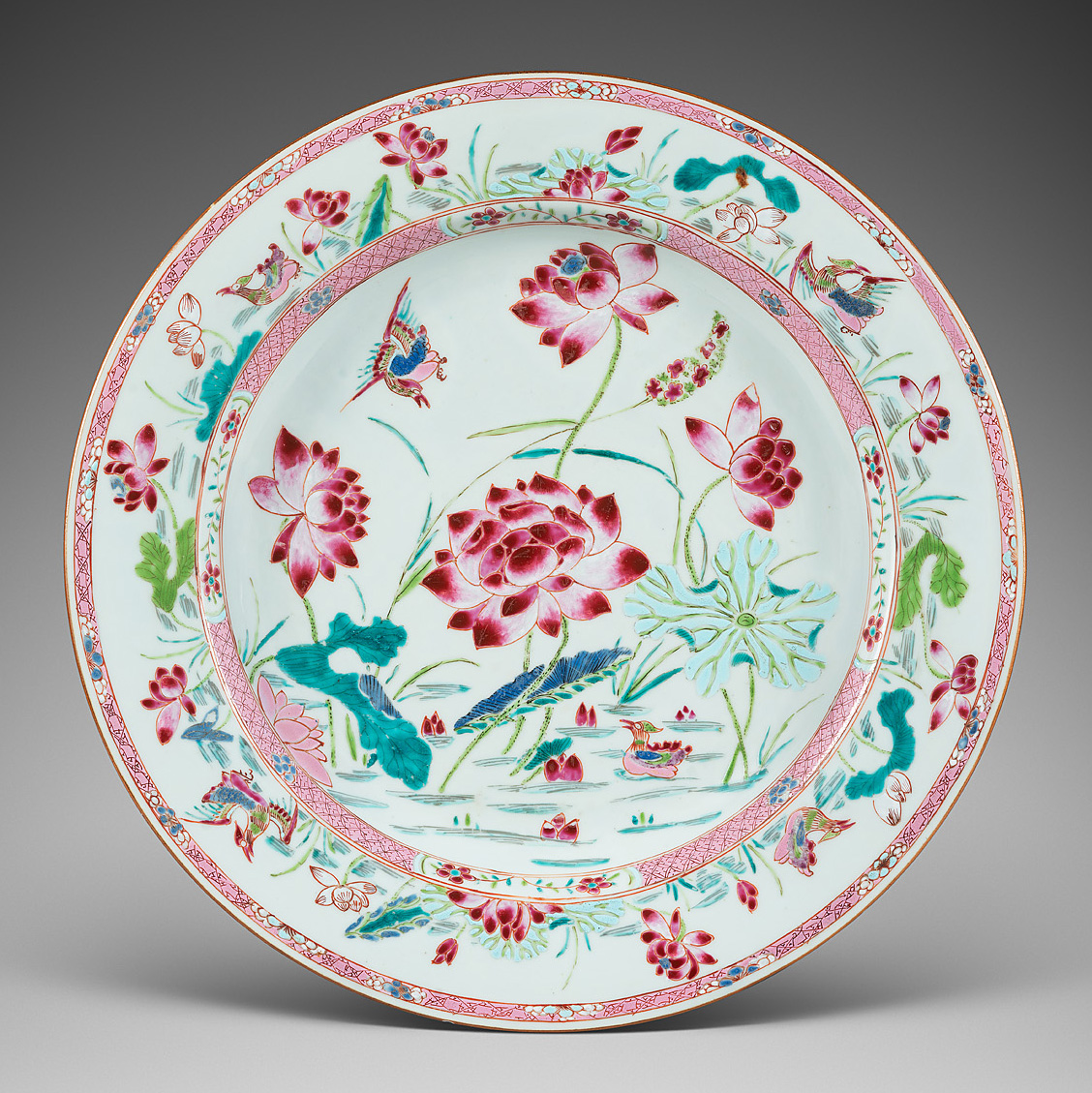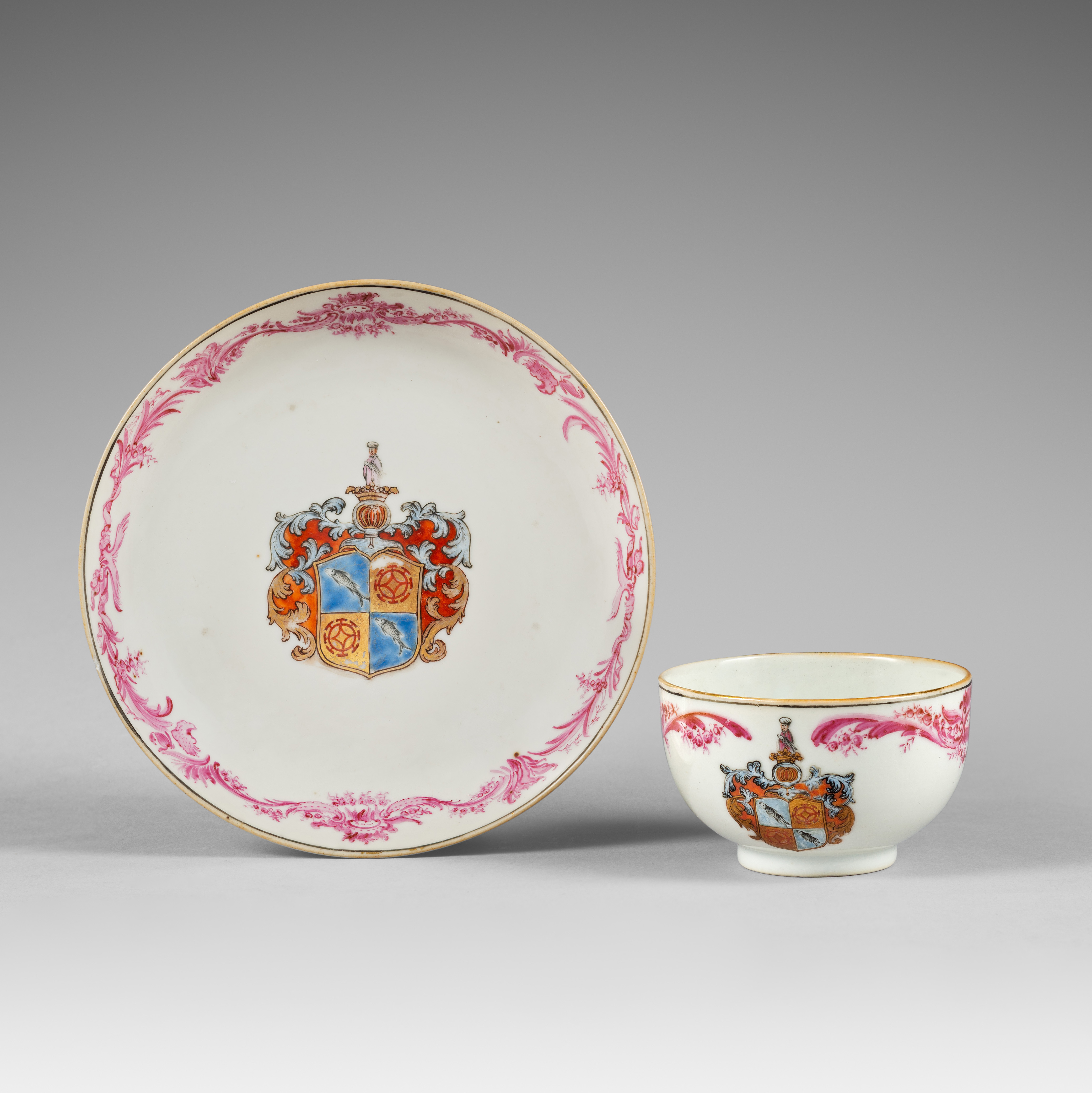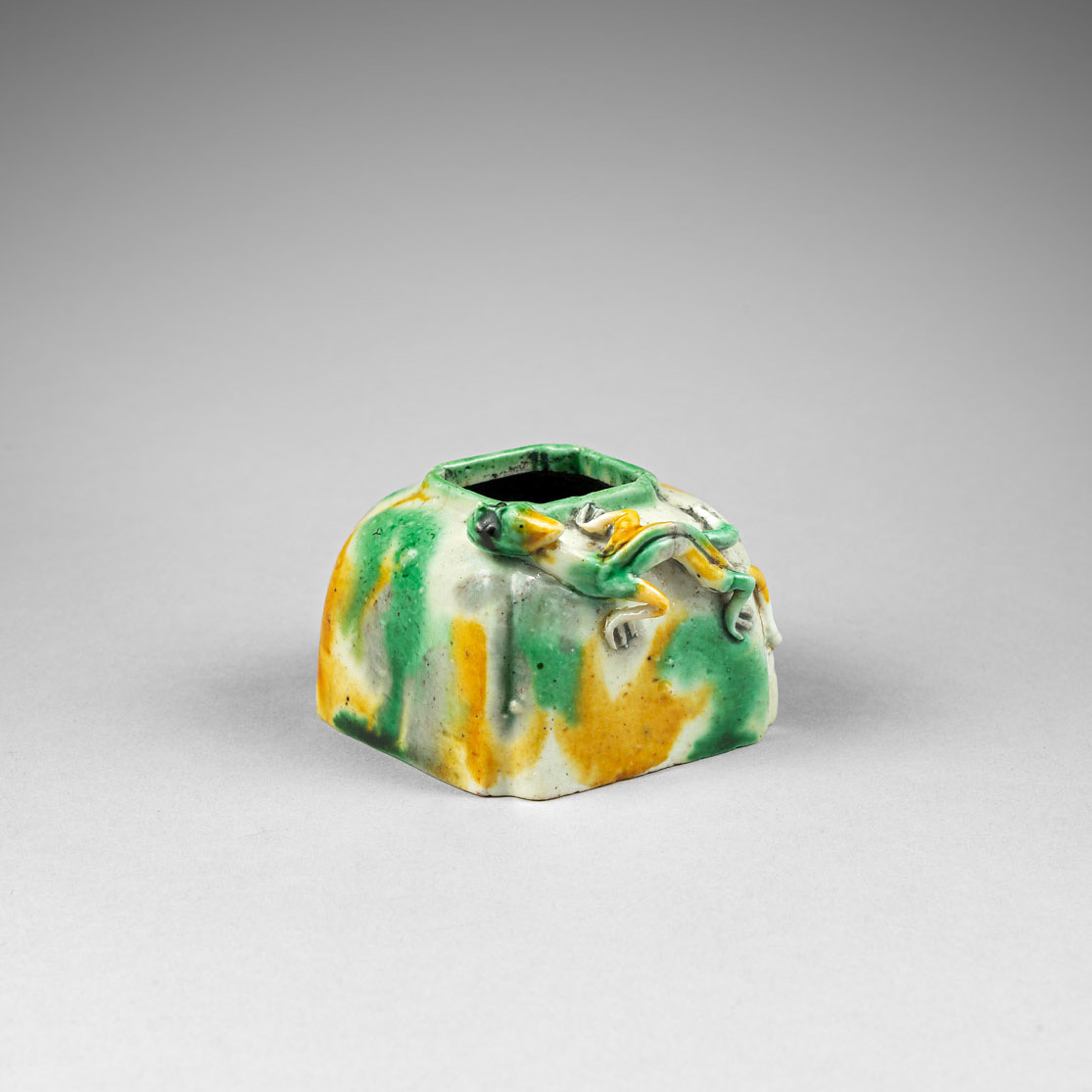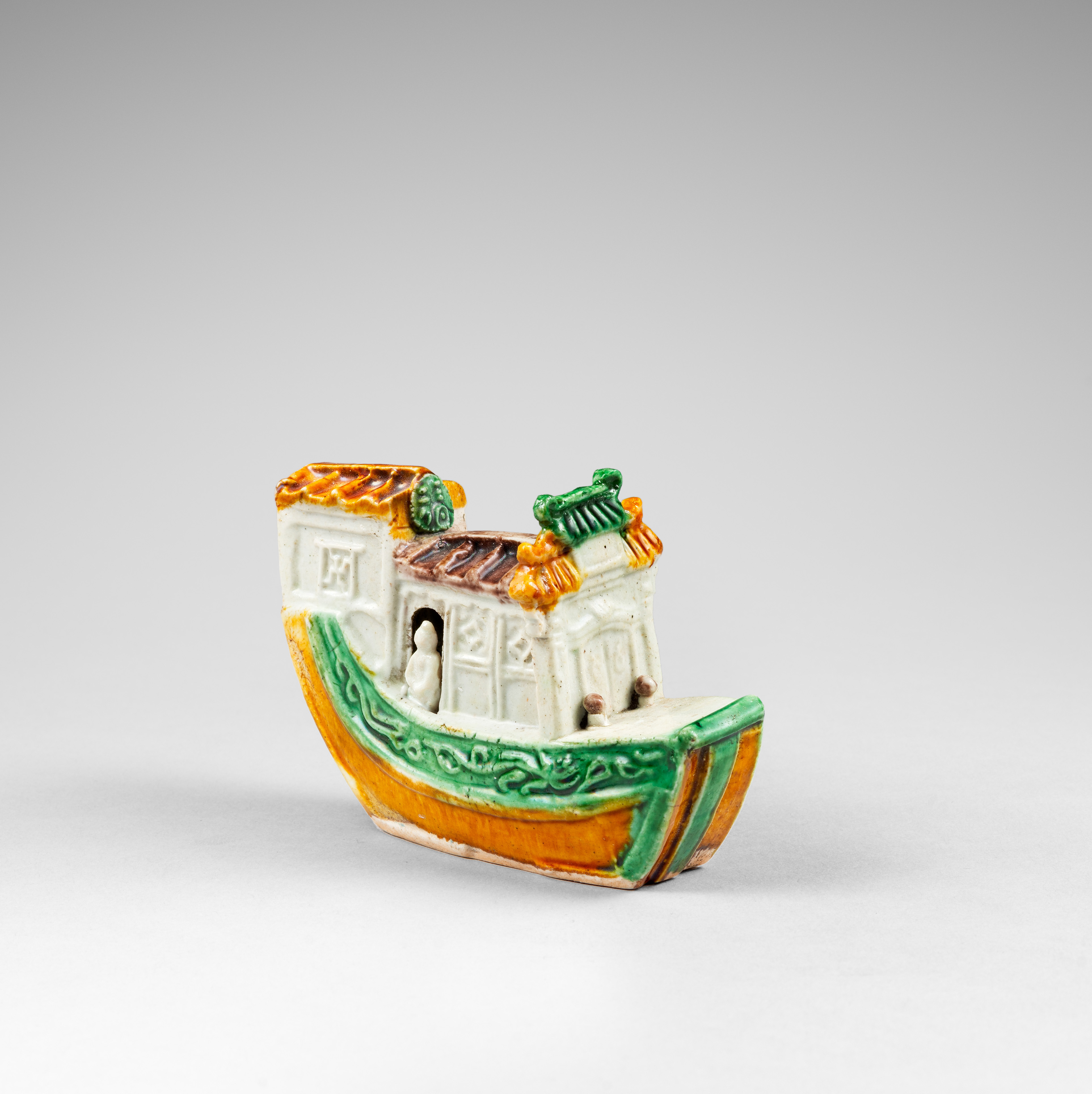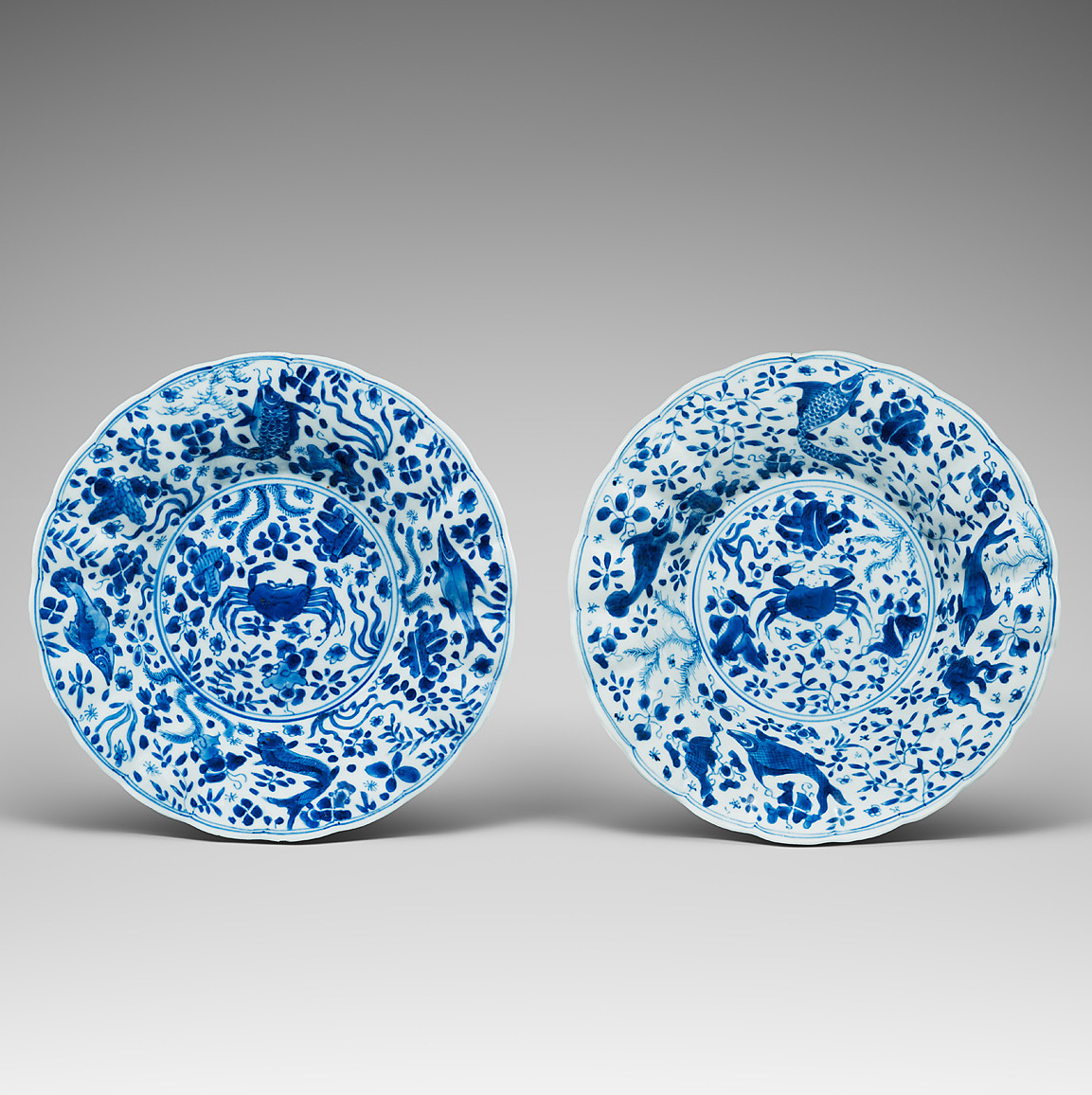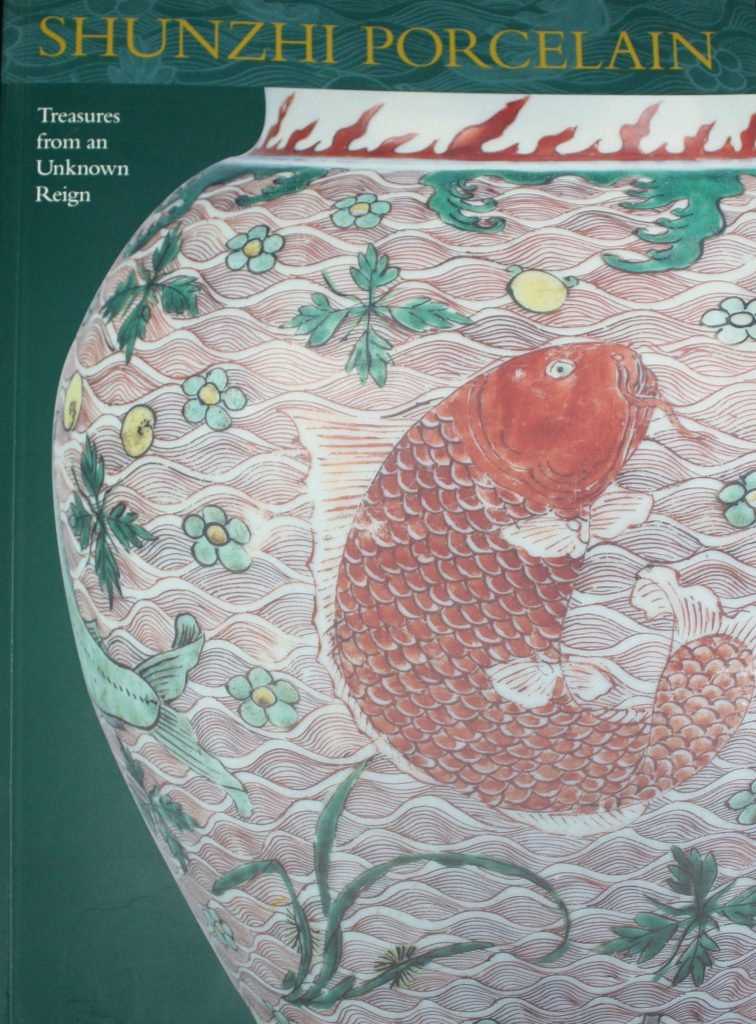
Treasures from an Unknown Reign: Shunzhi Porcelain
The Shunzhi era (1644-61), marking the end of the Ming Dynasty and the beginning of the Qing, was a transitional period in Chinese history. As far as porcelain was concerned, until the last 20 years, it was a little-known reign not only in the West but in China itself. By the late 1630s, painters on porcelain had developed a new, highly recognizable, and successful style. Many of the innovative themes were taken from woodblock prints, with landscapes and narrative scenes particularly inspired by contemporary scroll and album paintings. Soon after 1644, potters began to paint wonderful landscapes, with stylistic devices such as clouds and rock formations used to fill in the « back » of the pot. The beauty and liveliness of the pots’ paintings, along with the evolving shapes of the pots, stands out and makes these years a most significant period the art history of China. In the Shunzhi era, more than any other time in the last 500 years of Chinese porcelain, there was a strong emphasis on individual works of art, each one unique.

